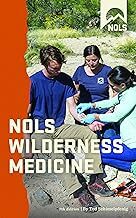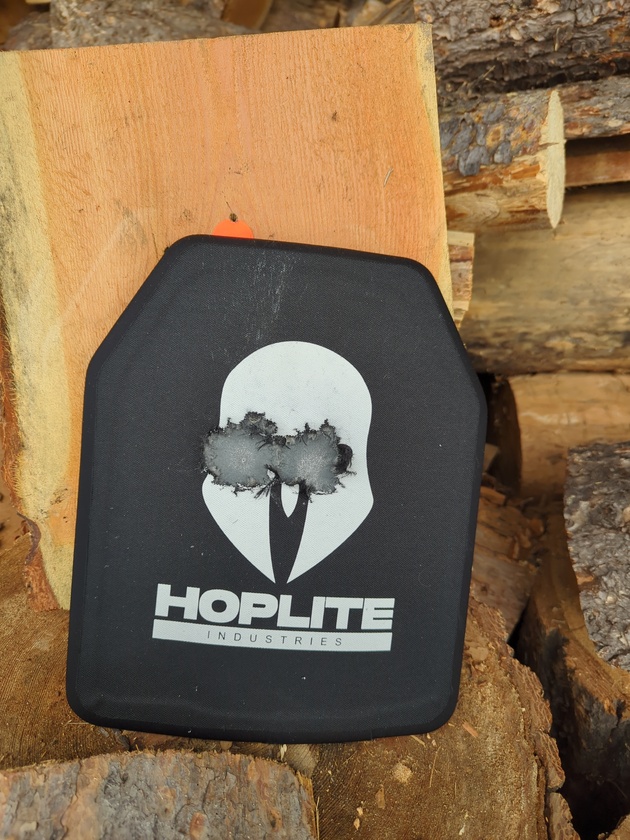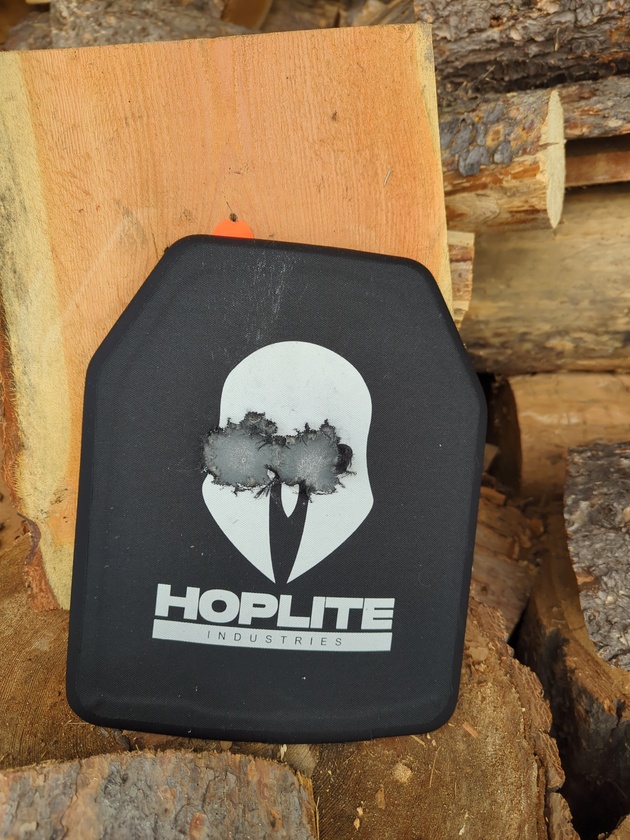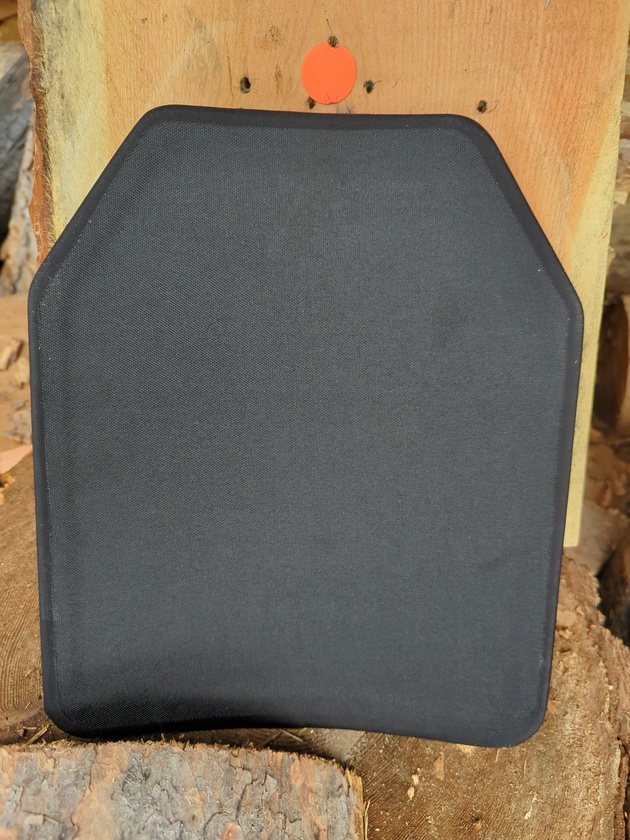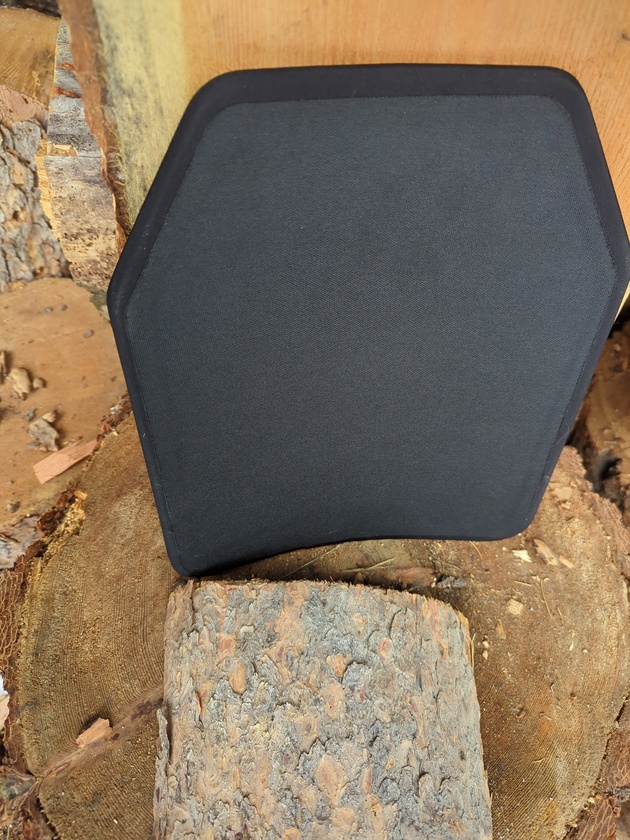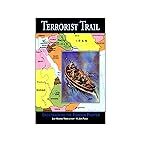Amazon Affiliate Link: NOLS Wilderness Medicine
Ironically, I didn't get this book until after I had published my TW-05 First Aid Manual. This book came highly recommended, so I decided to check it out and see what value it had.
The book is available on Amazon and is under $16, so it's very affordable. It's part of the National Outdoor Leadership School (NOLS) series of books. NOLS is a largely college-based group and is focused on young people learning to get outdoors. They have books on several subjects that we are going to review here.
I thought Wilderness Medicine was a good a fit for our purposes, as we focus on things in an austere environment, rather than one in which medical care is just a few minutes away.
However, my main issue with this book is that, like most modern first aid books, it focuses only on field treatments that consist mostly of packaging a patient for evacuation and then calling for a helicopter or ambulance. It does indeed discuss litter-carrying casualties out of the backcountry, but it does focus on handing the patient off to a higher level of care, which is only part of the solution for us.
The book is solid in it's discussion of acute treatments though, don't get me wrong. There is a lot of good wilderness treatment and decision making guidelines in here and it's a serious first-responder level book. It's a great guide for EVERY member of your team to study, it's just not meant for long term field management of treatment (prolonged field care). Your group should have more advanced medical practitioners anyway.
This book is an excellent first aid and field medicine immediate action guide, but it is not a full preparedness long term manual.
The book covers patient assessment protocols, traumatic injuries, environmental injuries, medical emergencies, dental emergencies, and non-urgent medical issues. It's a good guide from that standpoint. A great feature is the "Quick Index" at the front of the book that enables you to quickly find the pages that relate to whatever a patient's issue is in the field.
Now, it being geared towards college aged folks, there is a certain amount of nonsense in the book. Things like respecting pronouns and listening to quiet voices are mentioned in the leadership chapters. There is also a reference at one point to "patients who possess ovaries and a uterus". Never in my life of dealing with injured folks have I ever had to make that inquiry, for the record. Just ignore it, because it is a good field guide.
Overall, it's a solid field guide. It's focus though on rapid evacuation and deciding to evacuate early doesn't really fit with the Partisan or Guerrilla on day 3 of 5 day patrol, but just keep that in mind. It's worth having as a reference.
For new folks, I didn't make this a supporter exclusive because I wanted you to see what types of content we offer here. We conduct intel breifings, have more detailed analysis and book reviews, conduct training seminars, and generally have fun here. Consider becoming a monthly supporter.
